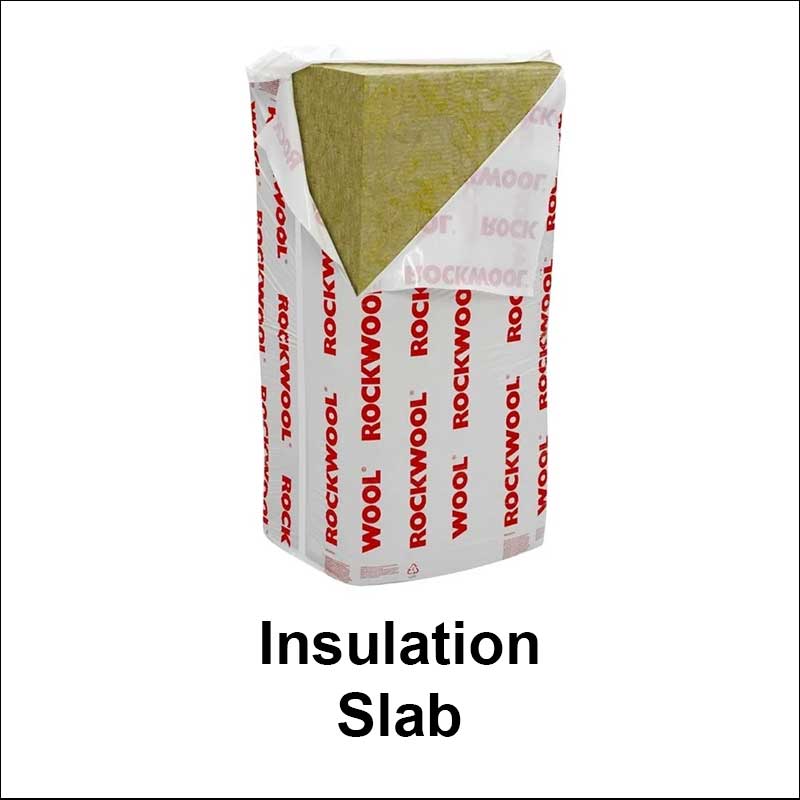Whatever type of property you’re working on, it’s important to think about how you’re going to keep it warm all year round.
And with all new homes now required to meet specific levels of thermal performance, there’s never been a better time to consider which insulation type is most suited to your project.
But what solution is right for me? And how do I figure out how much insulation I need?
To help you answer these vital questions and find the best insulation for your next project, at Insulation Superstore we put together this comprehensive insulation guide.
Here’s what we have in store for you
Table of contents:
- Types of insulation
- Insulation materials
- How much insulation do I need?
- Understanding insulation thermal values
- How to install insulation
- Getting the best insulation for your needs
Types of insulation
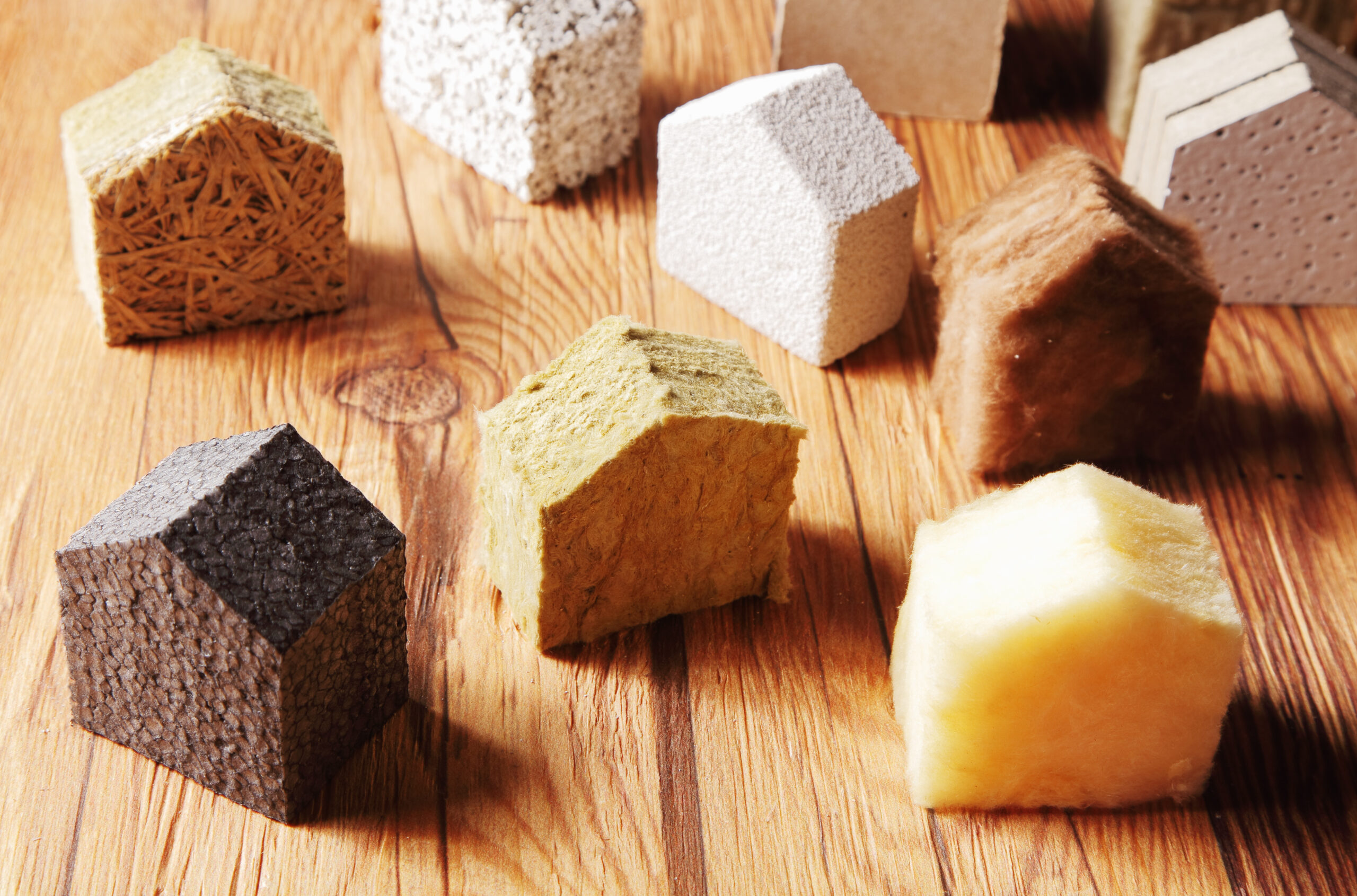
The benefits of insulation are undeniable:
Effectively insulating your property can significantly reduce heat loss and save you money on energy bills.
While sheep’s wool and glass wool insulation remain popular cost-friendly options, you’ll find an abundance of choices on the market. Most materials are available in loose bags, rolls and slabs, which are perfect for insulating floors, walls and loft spaces.
Now:
There are many different types of insulation available on the market including boards, rolls, slabs (also known as batt insulation) and even insulated plasterboard. Insulating your home ensures it’s energy-efficient, and you’ll notice a reduction in heating bills too. While cavity walls and lofts tend to be the most popular spaces to insulate, floors, pipes and sheds can all benefit from insulation too.
Insulation slabs
Insulation slabs are a solid choice as they’re easy to install and have the added benefit of being fire-resistant. ROCKWOOL is a renowned brand, specialising in thermal insulation slabs for timber frame constructions.
Its slabs are known to fit with ease on both timber and metal frames too. They also have a selection of sound insulation slabs which reduce noise transfer both between rooms and from outside your home.
Loft rolls
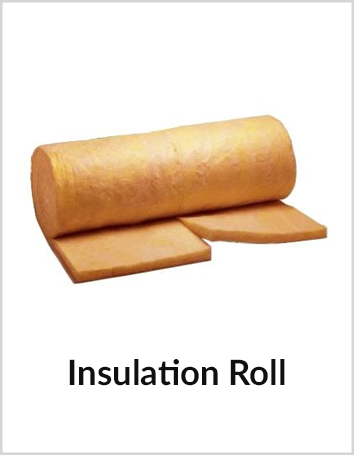
When it comes to insulating your loft, one of the most effective methods is using loft roll. Glass wool, mineral wool and sheep’s wool are all great choices for roof spaces as they trap air which gives them their thermal insulating properties.
This will make your home warmer in the winter and cooler in the summer, while also reducing any problems you may have with condensation.
Loft roll is available from leading brands, including; Isover, ROCKWOOL and Thermafleece. An acoustic loft roll is also an option if you’d like to reduce noise impact or protect your home from loud outdoor sounds.
Multifoil insulation
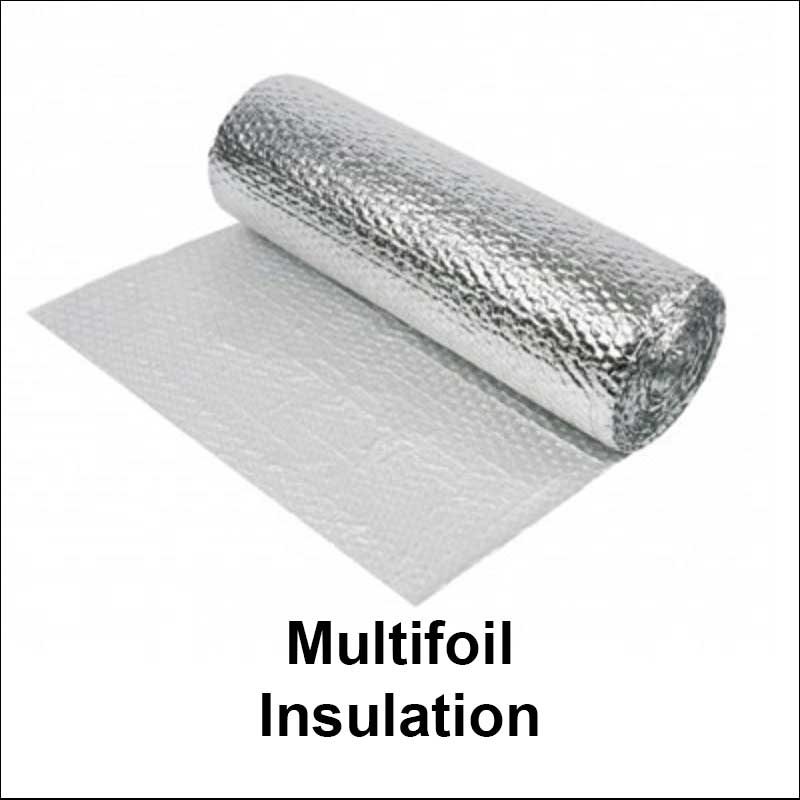
One of the most iconic insulation products on the market, multifoil insulation is a foil roll made up of a combination of sheets, foils and insulating materials. It’s one of the thinnest insulation products available and is easy to transport, handle and install.
It’s also understood to be much more effective than more traditional insulation products as it focuses on radiation, conduction and convection. You’ll find more traditional insulation only takes into account conduction and convection.
Multifoil insulation from leading brands like SuperFOIL can be used almost anywhere, from roof spaces to cellars, and is extremely popular with keen DIYers. It’s easy to install and has a long lifespan of over 50 years, making it perfect for self-build projects.
Full fill insulation
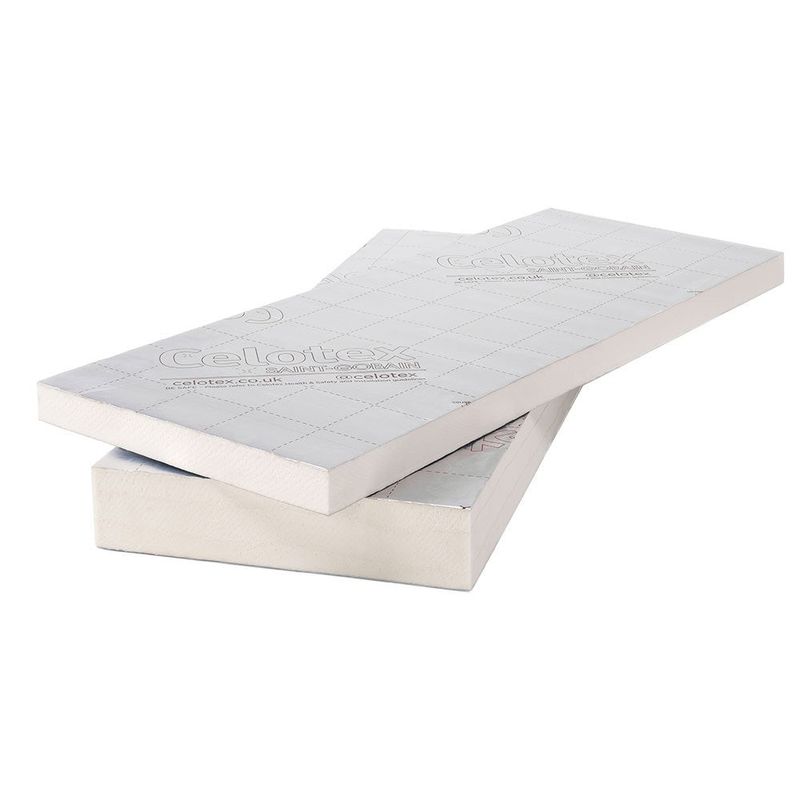
Cavity walls are one of the most popular wall constructions in Britain and have been used since the 1920s. They comprise two leaves separated by a clear cavity, which helps to resist moisture penetration and heat loss. Full fill insulation fills this cavity and has seen a surge in popularity as manufacturers began to produce moisture-resistant insulation for filling cavity walls.
Full fill cavity insulation needs to be both weatherproof and water-resistant to protect against the elements. Our range of EcoTherm, Isover and ROCKWOOL full fill insulation products will have you covered. You can find out more about this type in our Cavity wall insulation buyer’s guide.
Fire-resistant insulation
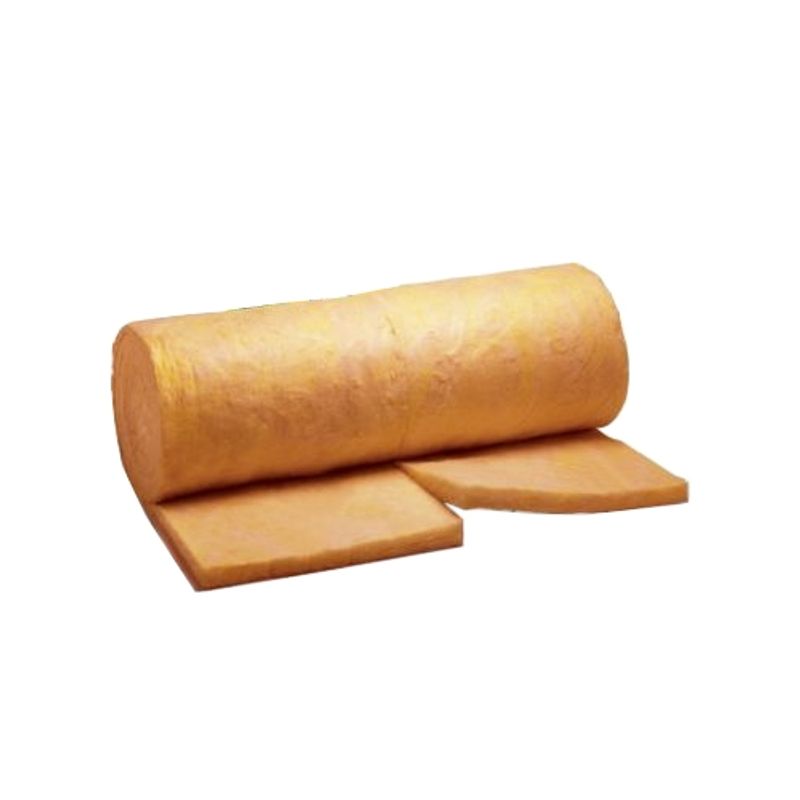
Adhering to building regulations and having the correct fire ratings in place is essential to any project. There are two types of fire-resistant insulation; non-combustible insulation, which retains energy while reducing the risk of fire, and fire-resistant boards, which create a solid barrier to prevent the spread of fire.
There are also several additional accessories on the insulation market to help you achieve a safe fire rating, such as downlights and pipe collars. To find out more, check out our comprehensive Guide to fire-rated insulation.
Acoustic insulation & soundproofing
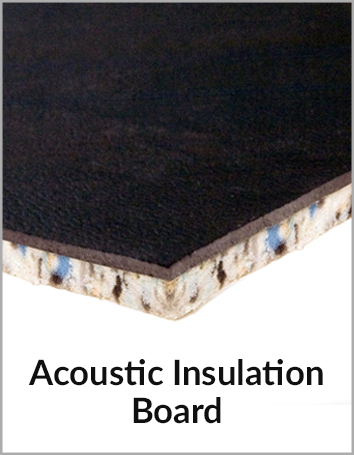
Acoustic insulation reduces both noise transference between rooms and sounds from travelling from outside to inside (and vice versa). It works by reducing the levels of transmission loss, preventing sound from passing through walls, floors and ceilings.
Installing acoustic insulation means you’ll see a reduction in external noise pollution, such as car alarms and traffic, while you can make sure noisy films don’t disturb the children’s bedrooms by installing room-to-room soundproofing.
Underlay and foam can all be used to reduce noise impact. Several products on the market combine soundproofing and thermal insulation. An acoustic insulation slab is a good example of this, although it’s only suitable for pitched roofs and cavity walls.
Head over to our dedicated guide on the Types of insulation and their uses to find out more.
Insulation materials
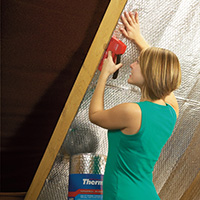
Once you’ve identified the spaces you need to insulate and the type of insulation required, it’s time to think about the best materials for the job. Insulation can be made up of a variety of fabrics and each serves a slightly different purpose.
Wool is a popular choice, and there are three main types of wool insulation: rock mineral wool, glass mineral wool and sheep’s wool. These are all available in rolls so they’re simple to install and fit easily into wall cavities.
The good news is:
If you prefer to work with a more rigid material, you’ll find many insulation boards on the market. These are sold as sheets and can be cut to the size you require, so there should be little waste. PIR boards, XPS boards and EPS boards form the three main types of rigid board insulation, all of which are suitable for insulating walls, ceilings and floors.
Having said that, let’s take a closer look at the various options available to you.
Insulation board materials
Insulation boards are easy to install and come in a wide range of materials and sizes. They offer a rigid insulation system and there is a vast choice of thicknesses available. So, you can be sure you’ll find the most suitable house insulation.
PIR board
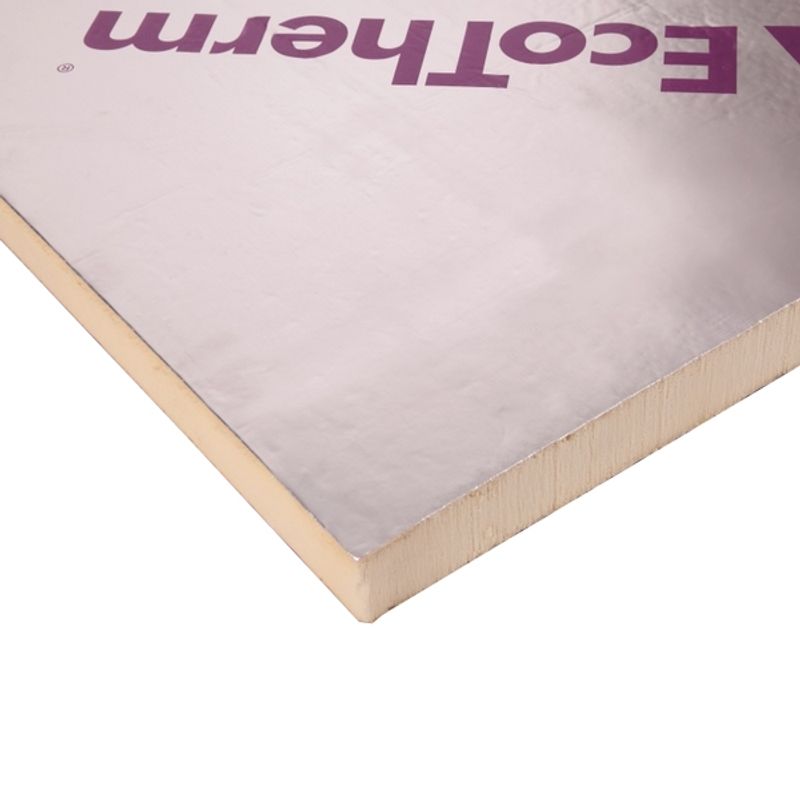
PIR insulation board (polyisocyanurate insulation) is created by blending materials to make a single board of rigid foam. It’s the most popular form of insulation and is considered one of the most efficient on the market.
In addition, it’s easy to install, benefits from a long lifespan and is fire resistant. These three qualities make it good insulation to use if you’re embarking on a self-build project.
Find out how the different solutions available on the UK market compare with the help of our PIR insulation comparison chart.
XPS board
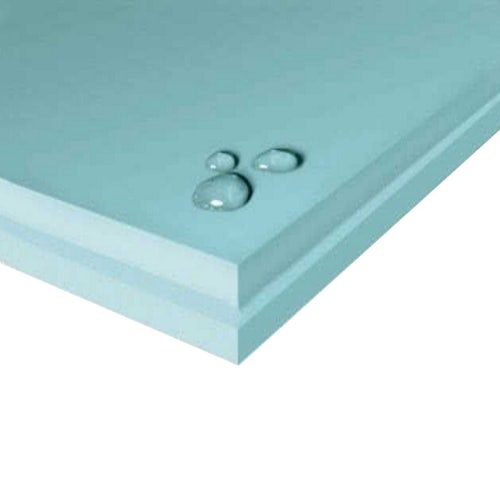
XPS insulation board (extruded polystyrene insulation) is water-repellent and renowned for its extreme strength. This makes it a good choice for insulating floors, ceilings and flat roofs.
Its moisture resistance means you’re less likely to encounter problems with mould and damp, while its long-term durability means its insulation properties won’t deteriorate over time. It’s also worth noting that XPS boards can be reused, reducing their environmental impact.
EPS board
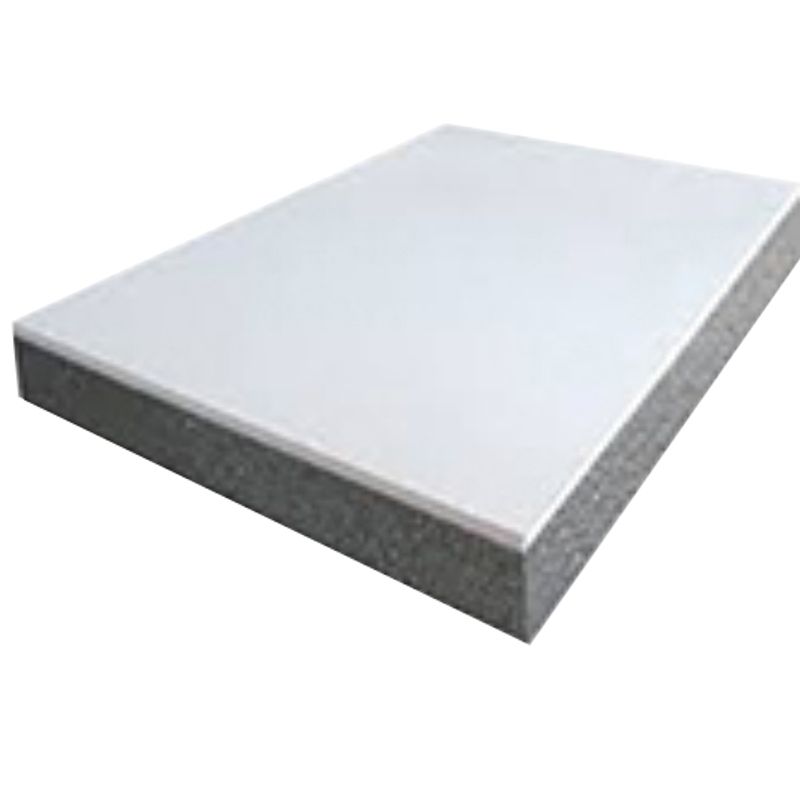
EPS insulation board (expanded polystyrene insulation) is thermally efficient and one of the cheapest insulation products on the market.
Unlike XPS boards, water can penetrate it but it’s still an effective insulator. It’s lightweight, quick and easy to install, and like XPS boards its insulating properties do not deteriorate over time.
Insulation roll materials
Insulation rolls are easy to install and work especially well in wall cavities. Available in three different types of wool, they’re one of the most commonly used forms of home insulation in the industry.
Glass wool
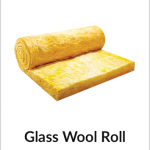
Glass wool is made from a combination of sand and recycled glass. It’s manufactured to look like wool and is filled with numerous air pockets, giving it good insulation properties.
It can also help with soundproofing and is often credited for being environmentally friendly, as it’s manufactured from recycled glass which otherwise would end up in a landfill.
Mineral wool
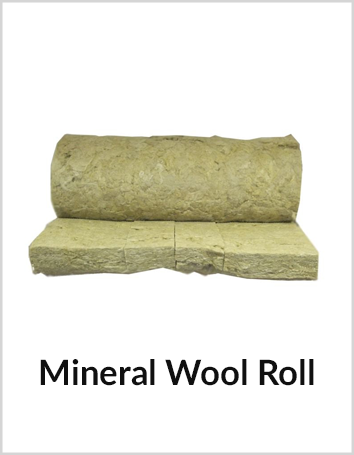
Mineral wool is crafted from rock and raw materials that are melted down and spun into fibres.
In fact, this is what gives it the appearance of wool. It protects against fire and does a good job of insulating your home from both weather and noise pollution.
Torn between glass wool and mineral wool? Our handy guide will help you make up your mind.
Sheep’s wool
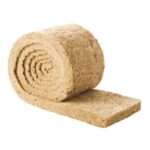
One of the most popular insulation materials is sheep’s wool. It’s environmentally friendly and doesn’t burn, making it a safe option to use in the home.
To make things even better, sheep’s wool is also extremely easy to work with and absorbs water. So, you don’t have to worry about ventilation issues.
How much insulation do I need?
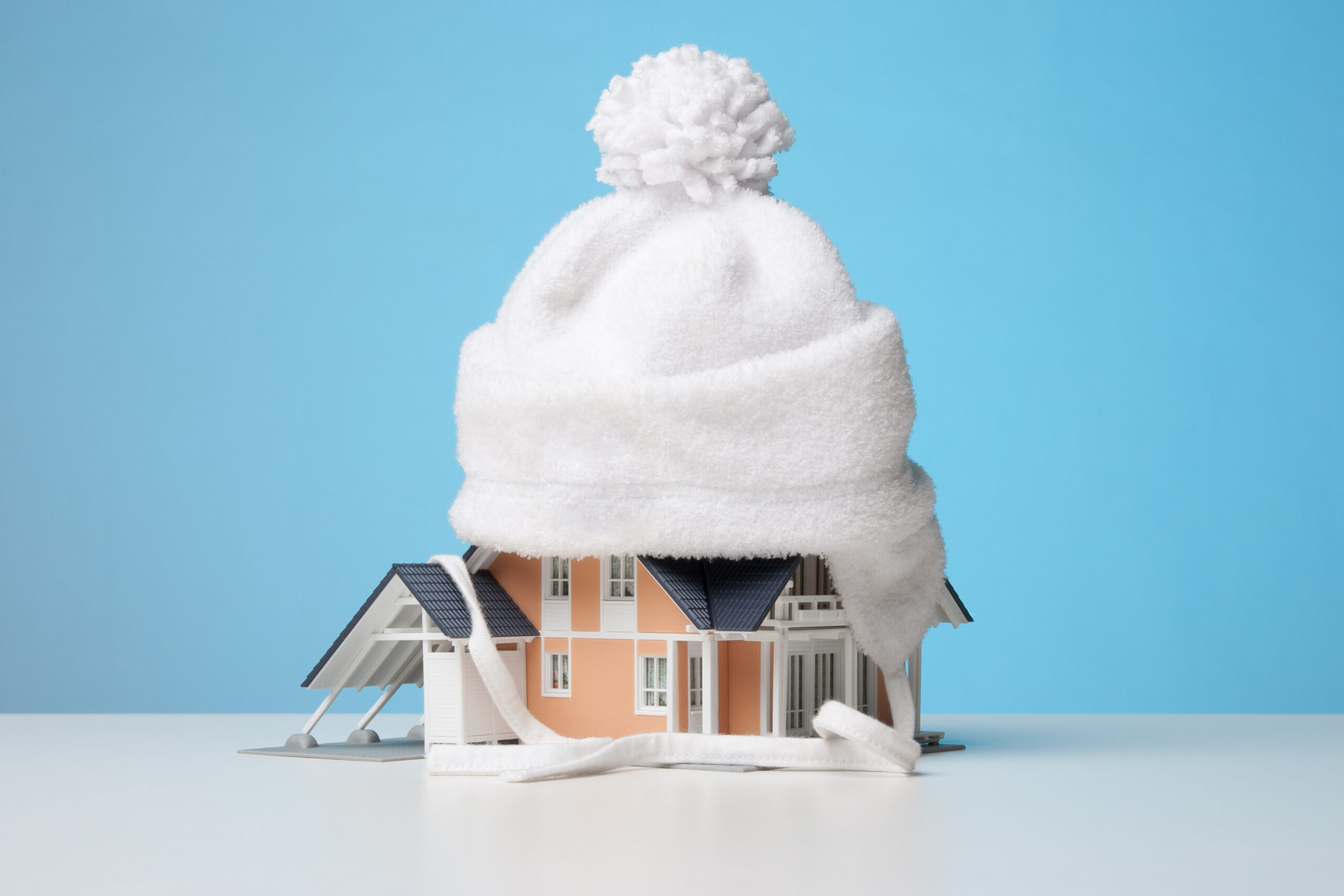
Current building regulations stipulate the need for at least 270mm of loft insulation to meet the required U-value of less than 0.16w/m2k. If your home was built in the 1980s you might find it has around 75mm or less of insulation in the loft. This was considered to be enough at the time but is now below what we would expect to install today.
No need to worry, though:
Topping up your loft insulation is possible in many cases and comes with benefits. Naturally, it will depend on your insulation needs. And if you do find you need a top-up, your budget will be on the brain.
Still, if you find you’re spending a lot on heating bills, it could be beneficial to invest in a top-up. If you’re keen on DIY and can do the job yourself, the installation costs will be much lower and it’s worth considering.
You can find out more about the thickness and depth of insulation in our dedicated guide. In addition, it’s a good idea to familiarise yourself with the content of Approved Document L – England, which offers technical guidance on meeting the requirements outlined in Part L of the Building Regulations 2010.
Insulation guide on understanding thermal values
Insulation materials have two values, an R-value and a U-value. An R-value tells you how good a material is at resisting the flow of heat. A material that resists the flow of heat well is a good insulator and receives a high R-value. When it comes to insulating a building, the higher the R-value, the better the material is at insulating the property.
Read more on R-values and how they can be affected in our R-values guide.
Next:
In the construction industry, a U-value is used to tell builders, architects and engineers how good a material is at insulating. In the UK it’s widely believed that U-values are more accurate than R-values. This is because they take into account conduction, convection and radiation too.
To calculate the U-value of a material you divide the temperature difference inside and outside the material by the rate of heat transfer. As U-values work out how much heat has escaped, the lower the U-value the better.
Find out more information on U-values and how to calculate them.
How to install insulation
With so many rooms and spaces available to insulate, we’ve put together a series of handy insulation guide articles to help get you started. Whether you’re thinking about insulating your shed or you have some pipes requiring insulation, we’ve got you covered.
How to insulate walls
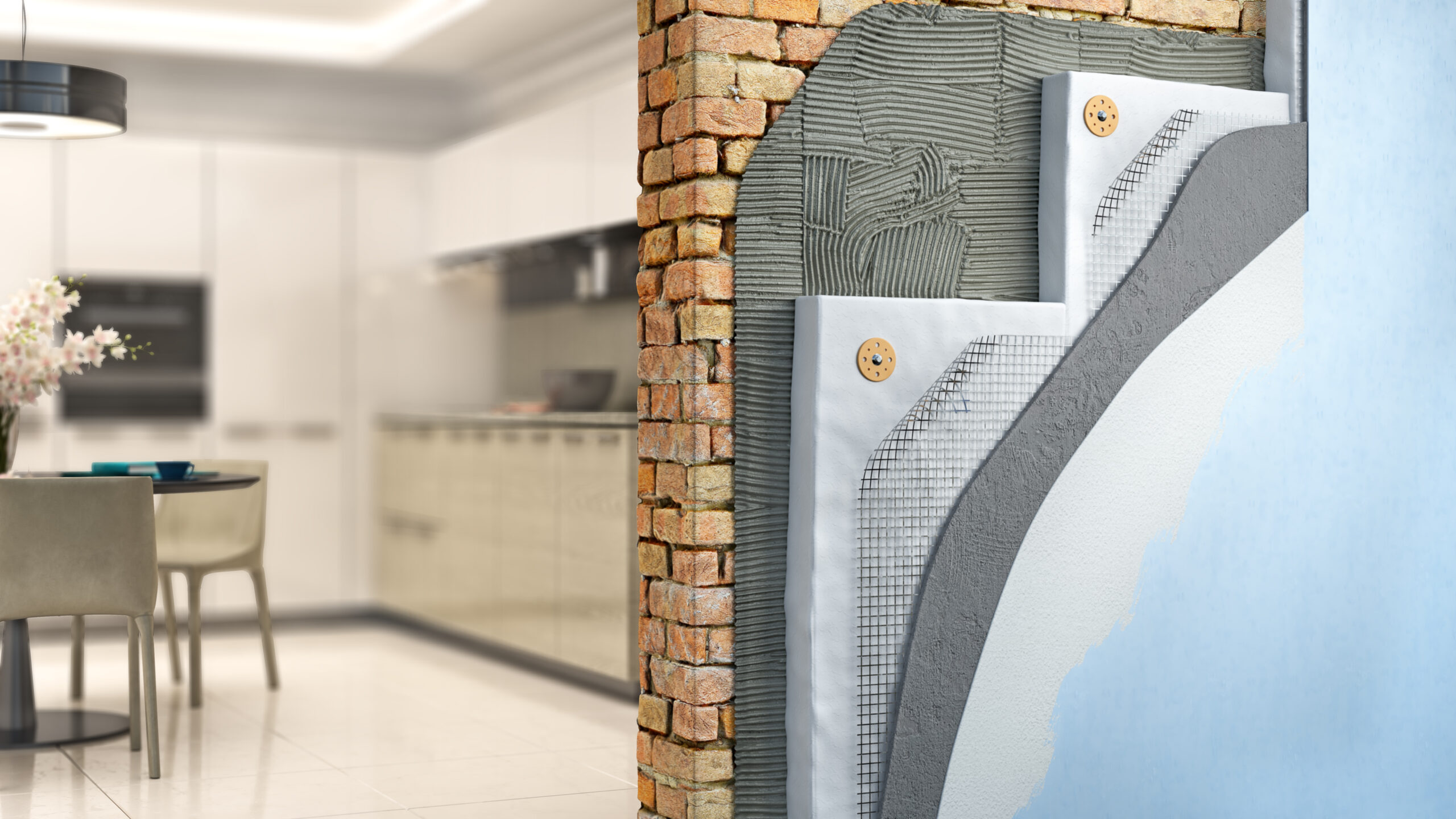
Whether it’s an internal or external wall that needs insulating, our handy guide will talk you through internal cavity wall insulation, solid wall insulation and even which materials are best for the job.
Read our complete guide to insulating walls.
How to insulate floors
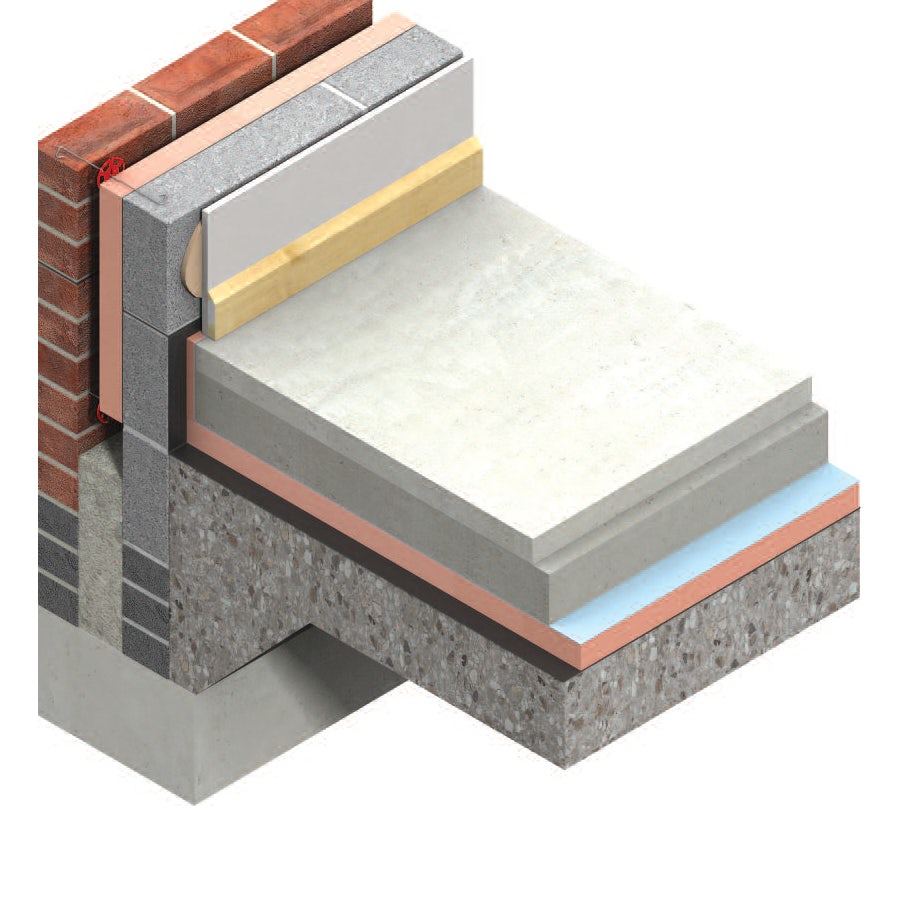
If you’ve got a floor above a cold space, such as a garage, there are many benefits to insulating it. Our guide covers insulating solid floors, concrete floors and suspended floors.
Read our complete guide to insulating floors.
How to insulate a shed
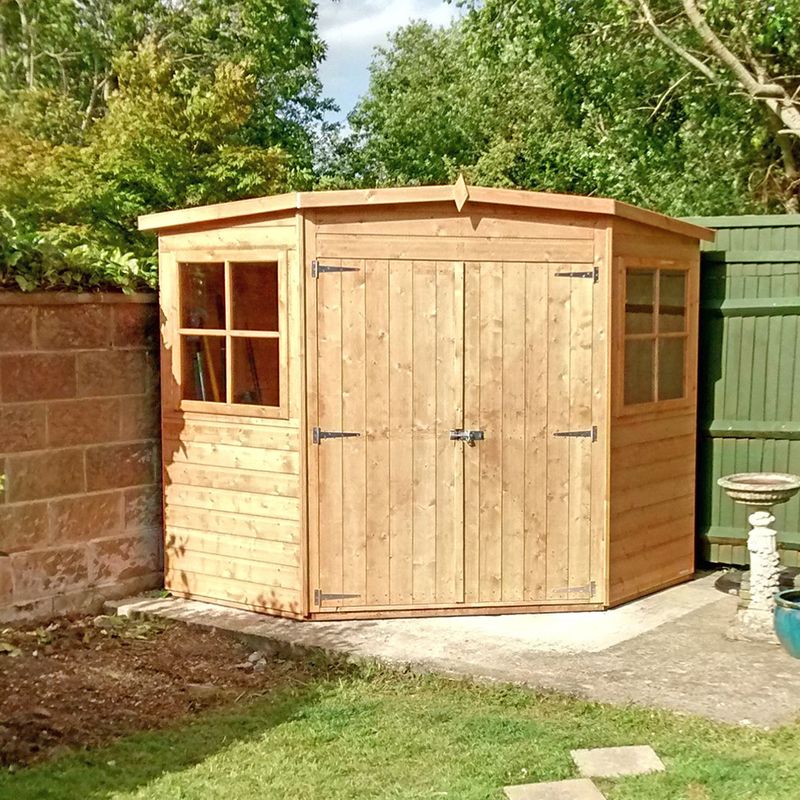
If you’re a DIY pro, insulating a shed is definitely something you can do yourself. It’s inexpensive and can transform your shed into a usable outbuilding.
Read our complete guide to insulating a shed.
How to insulate a summer house
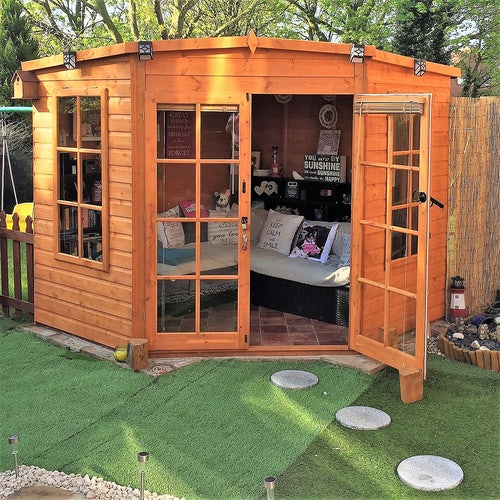
There are a few different ways you can go about insulating a summer house so long as you have the right materials and know-how. It’s a great way to transform it from a seasonal to a year-round outbuilding.
Read our step-by-step guide on insulating a summer house.
How to insulate a loft
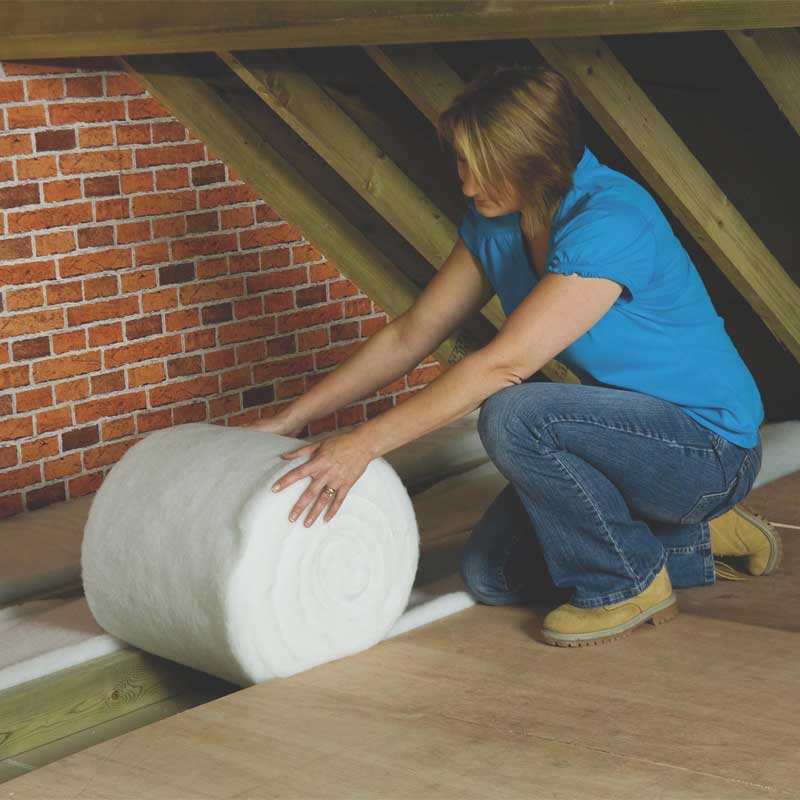
From deciding whether to use your loft for extra living space, to deciding on which materials are best for insulating your loft, our handy guide will give you food for thought when it comes to embarking on roof space insulation.
How to insulate a van

Not the first space you might think of insulating, it’s actually an inexpensive way to create a more cosy atmosphere for campervans. It’s not a project for DIY novices, but if you’re a pro at self-builds our guide runs through the best materials to use and how to fit them.
How to insulate a flat roof
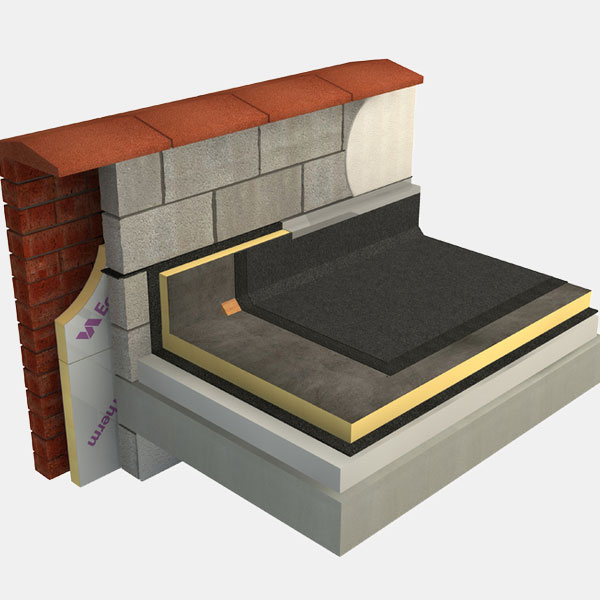
Find out how to insulate a flat roof, including which insulation to use and when it’s best to tackle the job, in our insightful guide.
How to insulate a garage
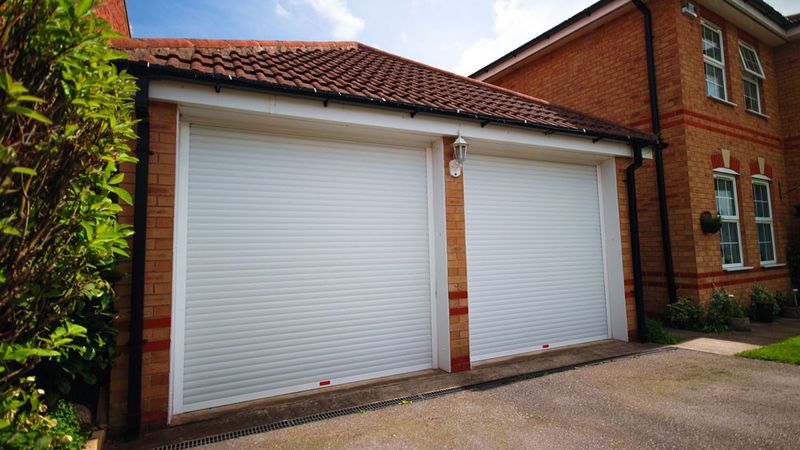
If you’re converting your garage into additional living space, it’s a good idea to ensure it’s insulated. From cavity wall insulation to breeze block insulation, our Help & Advice article runs through everything you’ll need to consider in this project.
How to insulate pipes
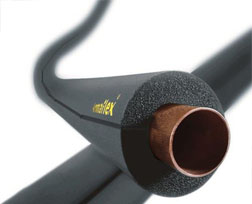
This simple job was once forgotten about but has seen a resurgence thanks to our increased focus on reducing emissions and improving energy efficiency. From preventing pipe freezes to talking you through how to install foam pipe insulation, there is plenty to learn from our insulating pipes H&A article.
How to insulate a balcony
One that often gets overlooked, insulating a balcony is important for a building’s thermal envelope. Read our Insulating a balcony guide and find out which products are suitable and what the best practice is when it comes to installing balcony insulation.
Getting the best insulation for your needs
As energy prices have soared in recent years amidst a worsening cost of living crisis, insulating our homes has become an urgent matter.
But with so many different types of insulation and materials available on the market, getting the right one for your home can be quite tricky, to say the least.
The good news is:
There’s plenty of help and advice you can avail of at Insulation Superstore! We hope our insulation guide has given you a clearer idea of the multiple options open to you.
If you would like more help choosing the right insulation type, you can open the live chat or give our support team a call on 01752 692 206.


